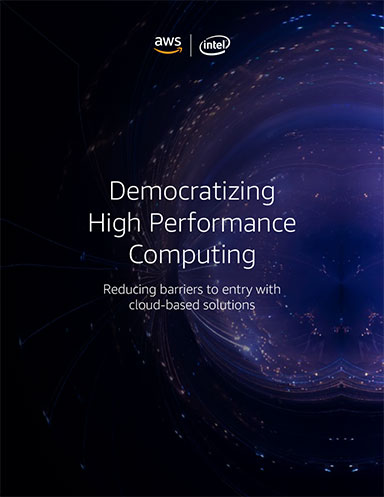Virtual Reality Ready for Engineering Prime Time
Engineering firms can now take advantage of hardware advancements for extended reality tools.
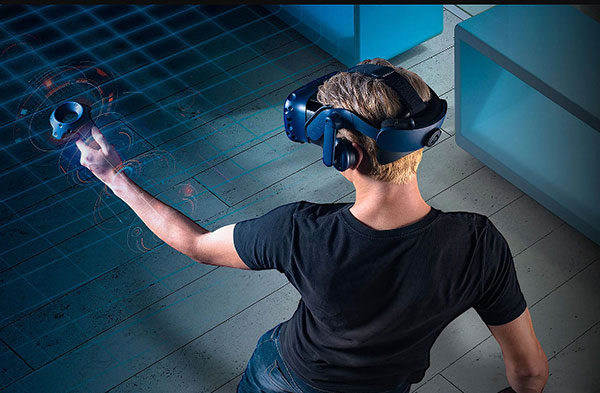
Engineering teams are increasingly turning to virtual reality for design engineering and design review. Image courtesy of Dell.
Latest News
August 22, 2022
When DE last looked at the virtual reality (VR) landscape for product design and manufacturing, software and hardware vendors were sorting out exactly what components made for the best “tool chain” to support VR, augmented reality (AR) and various types of extended reality (XR) displays (“Workstation Vendors See Tool Chain Emerging for VR Applications,” February 1, 2020).
The landscape has changed, from trying to decide what components work well together, to working with fully specified systems. Hardware manufacturers and industry software companies know what works well for various engineering tasks, and they try to guide buyers accordingly.
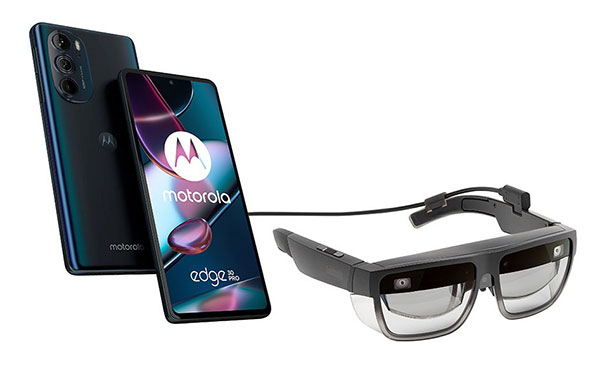
Lenovo recently introduced ThinkReality A3 Smart Glasses, an augmented reality display intended for engineering and other enterprise-class use cases. The glasses can be driven by workstations or smartphones, such as Lenovo’s Motorola line. Image courtesy of Lenovo.
What has not changed since 2020 is the confusion in the marketplace. Two years ago, some engineering companies tried to use consumer-class hardware. We warned then, and we warn now: Consumer-class virtual reality systems are designed for pre-rendered games and Hollywood “experiences.” Such systems cannot keep up with real-time rendering, collaboration and the heavy demands of engineering use cases.
“Consumer-class VR products are fast and priced nicely, but they can’t deliver specific frame rates fast,” says Mike Leach, workstation portfolio manager for AR at Lenovo. “They are designed for small bursts of fun. On the enterprise side, using software like SolidWorks or VRED, scenes are massively more complex. They are photorealistic, real time and not pre-rendered.”
“Game engines are highly optimized for performance, and sacrifice image quality,” says Scott Hamilton, Dell industry strategist for engineering and manufacturing. “[Game designers] have the luxury to optimize code for performance. A mechanical engineer does not have that luxury. They build a model in a CAD program that is not optimized for display but for manufacturing. The models are much more complex.”
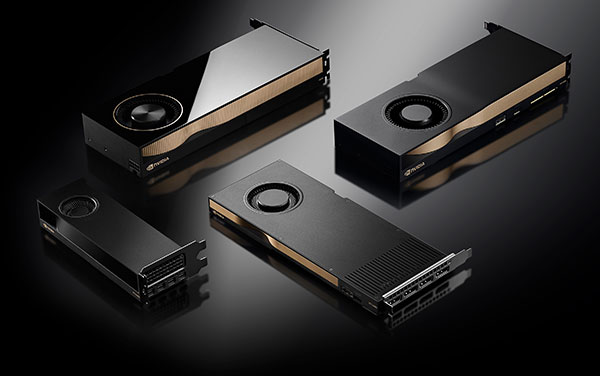
“The bar is much higher for product design than gaming. Engineers need much larger frame buffers,” adds Hamilton, explaining why NVIDIA has basically doubled frame buffers on all their professional-class graphics processing units (GPUs).
CPUs, GPUs and peripherals meeting agreed-upon technical specifications can be marketed with a “NVIDIA VR Ready” badge. The list does not mention specific workstations, but instead the GPUs, CPUs and headsets that work best for enterprise-class virtuality.
“Inside the VR headset, you must create the 3D world and display the 3D content. And it needs tracking capability, to walk around the virtual space,” adds Leach. “When you move the headset, the frames must be rendered quickly to avoid nausea and other latency issues.” The graphics card must be able to process human movement quickly. “It’s a complex process.”
Why VR Use Is Increasing
Vendors are seeing growth in virtual design technology usage.
“We are seeing faster adoption for mixed reality,” says Leach, “[in applications such as] photorealistic digital twins and design reviews. You can’t do this stuff with consumer-class products.”
Leach also says users of this technology are realizing “reduced time to market and faster [return on investment].” He adds that you can’t scrimp on the hardware. “It is important to realize cheap can be very expensive; you can drive huge savings—into the millions—by having the IT budget solving manufacturing problems.”
Just as demand is increasing for mobile workstations, demand for VR/AR away from the office is also increasing. “With the new normal of hybrid collaboration, we are seeing a move to mobile for VR design sessions,” says Leach. “People want to walk around virtual models. VR has become a use case for agile working, as it has become less important for team members to be in the same physical space.”
Leach says the Unreal Engine, a division of Epic Games, is now a Lenovo development partner, which is important not only for the advanced virtual technology and know-how Unreal brings, but also helps with getting VR hardware purchase decisions driven up to the CTO level.
“There is no better way to talk about the best way to do new things and make more efficient use of time,” he says.
Leach adds that the increased use of VR in engineering is a sustainability issue, as travel becomes less of an issue for high-level design review. “Immersive work is carbon neutral.”
Cutting the Cord
VR is a common catchphrase to represent extended reality technology, but there are obvious differences between VR headsets and the glasses used for AR.
“Augmented reality seems similar to VR, but fundamentally it is quite different,” says David Weinstein, director of extended reality at NVIDIA. “AR is about making sense of the world around you and creating graphics to assist and enable. It is about helping people interact with the world. Virtual reality is completely immersed in a virtual environment; [physical] location doesn’t matter.”
AR applications for engineering and manufacturing are more challenging to design, Weinstein adds. “[AR] is an artificial intelligence, deep learning question.”
All forms of virtuality also have a tethering problem. Consumer-class headsets are now coming to market untethered, but larger file sizes and constantly updating real-time data makes wireless more challenging.
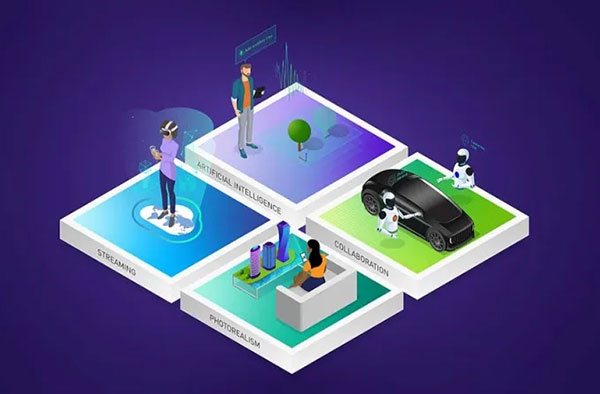
“We’ve done a lot of work to break the tether,” says Weinstein. NVIDIA believes the key to making wireless viewing ubiquitous is streaming, which will require a streaming connection to the headset. NVIDIA recently released CloudXR, which delivers VR and AR across 5G and Wi-Fi networks. NVIDIA describes CloudXR as “fully scalable for data center and edge networks.” Content can be streamed to Windows and Android devices.
The use of high-performance GPUs for VR engineering is a one-horse race. AMD makes well-received GPUs for the broader engineering performance market, but does not offer specialized GPUs with enough horsepower for professional VR applications.
The CPU market is a different story. Lenovo offers the AMD Ryzen Threadripper PRO 5000WX series as an option in VR-ready engineering workstations. IT publication The Register, with the launch of the Lenovo P620 earlier this year, wrote: “the new Threadripper Pro has metaverse virtually written all over it. The specs are suitable for high-end virtual-reality applications—think engineering and design work.”
More AMD Coverage

More Dell Coverage
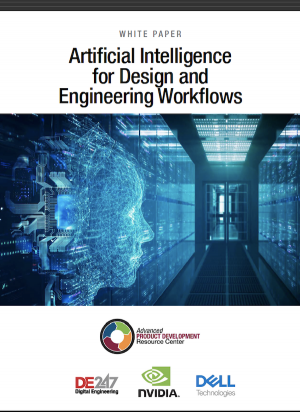
More Lenovo Coverage
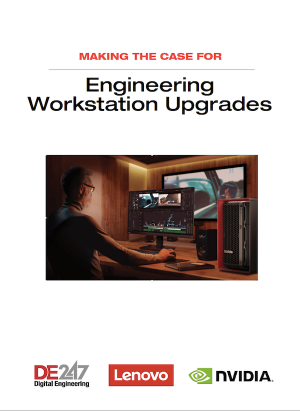
More NVIDIA Coverage
Subscribe to our FREE magazine, FREE email newsletters or both!
Latest News
About the Author
Randall S. Newton is principal analyst at Consilia Vektor, covering engineering technology. He has been part of the computer graphics industry in a variety of roles since 1985.
Follow DE





